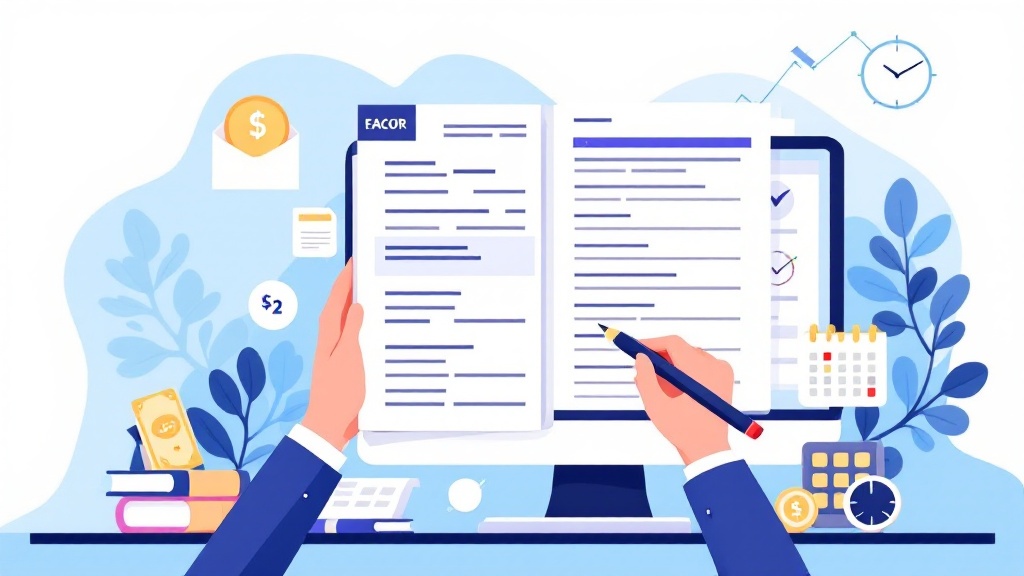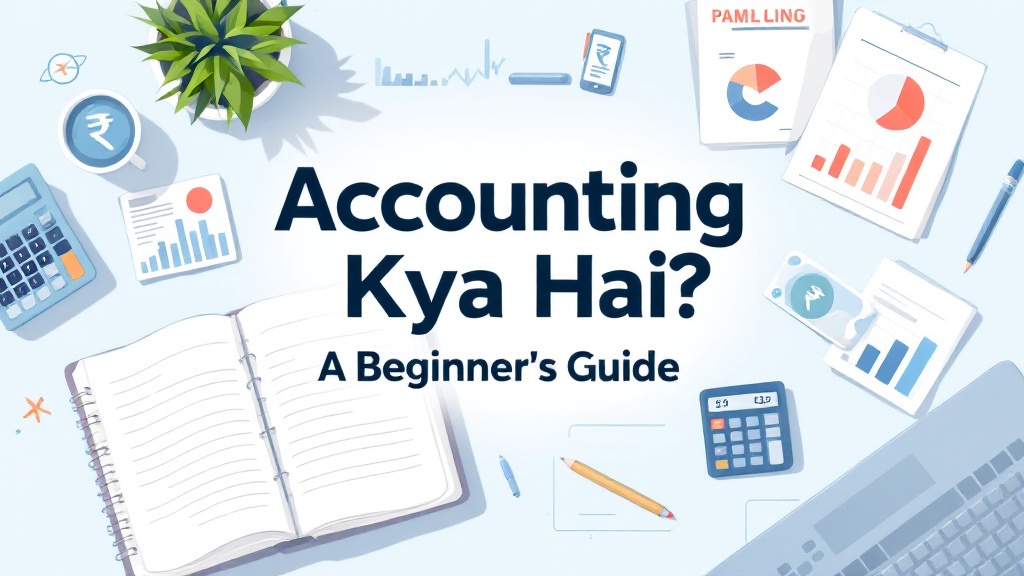Understanding the CA Pattern: Your Complete Guide to Charted Accountancy Journey
Table of Contents
Most Read
Introduction: Why Understanding the CA Pattern Matters
[fusion_dropcap class="fusion-content-tb-dropcap"]I[/fusion_dropcap]f you are dreaming of becoming a Chartered Accountant (CA) in India, understanding the CA pattern is your first important step. The CA course is one of the most respected and challenging professional courses in the country, governed by the Institute of Chartered Accountants of India (ICAI). This article breaks down the CA pattern in a simple, human-friendly way to help you plan your journey with confidence.
What is the CA Pattern?
In simple terms, the CA pattern refers to the structure and stages of the Chartered Accountancy course. It involves three main levels:
- CA Foundation
- CA Intermediate
- CA Final
Each stage is designed to test different levels of knowledge and skills needed to become a professional Chartered Accountant. Alongside these stages, there is also a mandatory practical training called “Articleship.”
Step 1: CA Foundation — Laying the Groundwork
Eligibility
After completing Class 12 (Commerce, Science, or Arts with Mathematics), you can register for the CA Foundation course.
Subjects
The CA Foundation exam consists of four papers:
- Principles and Practice of Accounting
- Business Laws and Business Correspondence and Reporting
- Business Mathematics and Logical Reasoning & Statistics
- Business Economics and Business and Commercial Knowledge
Exam Pattern
- Paper 1 and Paper 2 are subjective (descriptive type).
- Paper 3 and Paper 4 are objective (MCQ based).
- Negative marking of 0.25 marks applies for wrong answers in objective papers.
Important Tip
Many students underestimate the CA Foundation. However, setting a strong base here will make your journey much smoother!
Step 2: CA Intermediate — Building Professional Expertise
Eligibility
You must clear CA Foundation or qualify for the direct entry scheme (for commerce graduates with 55% or others with 60% marks).
Group Structure
The CA Intermediate is divided into two groups:
Group I:
- Accounting
- Corporate and Other Laws
- Cost and Management Accounting
- Taxation
Group II:
- Advanced Accounting
- Auditing and Assurance
- Enterprise Information Systems & Strategic Management
- Financial Management & Economics for Finance
Exam Pattern
- Each paper is for 100 marks.
- Minimum 40% marks in each paper and an aggregate of 50% in a group are needed to pass.
Articleship Begins
After clearing either Group I or both groups, students are eligible to start their 3-year Articleship training, a crucial part of the CA journey.
Step 3: CA Final — The Gateway to Becoming a CA
Eligibility
You can appear for CA Final after completing both groups of CA Intermediate and undergoing the required Articleship training.
Group Structure
Group I:
- Financial Reporting
- Strategic Financial Management
- Advanced Auditing and Professional Ethics
- Corporate and Economic Laws
Group II:
- Strategic Cost Management and Performance Evaluation
- Elective Paper (choose one among six options)
- Direct Tax Laws and International Taxation
- Indirect Tax Laws
Exam Pattern
- Similar to Intermediate: 100 marks per paper.
- Elective Paper is open-book.
Articleship Training: Learning from the Real World
The 3-year Articleship is hands-on training under a practicing Chartered Accountant. It is an integral part of the CA pattern, designed to bridge theoretical knowledge with practical application. Key experiences include:
- Audit assignments
- Tax filing and advisory
- Accounting and compliance work
- Client meetings and financial consulting
Many students say that Articleship is where they “truly learn” the profession!
Understanding ICAI’s New CA Pattern 2024
The ICAI has recently updated the CA pattern slightly, aiming to make it more streamlined:
- The Articleship period is now more focused with skill-based modules.
- Integration of emerging areas like Forensic Accounting, Digital Auditing.
- A stronger emphasis on case study-based questions in the Final exams.
Keeping yourself updated with such changes is vital to succeed.
Skills You Develop Through the CA Journey
The CA pattern is not just about passing exams — it shapes you into a complete professional. Key skills developed include:
- Analytical thinking
- Financial and business acumen
- Legal and regulatory expertise
- Leadership and communication skills
These are valuable even beyond the traditional CA roles.
Career Opportunities After CA
Once you successfully complete all levels, a wide range of career opportunities open up:
- Audit Firms
- Investment Banking
- Corporate Finance Departments
- Consulting Firms
- Entrepreneurship
- Government Services
The CA title is highly respected, not just in India but globally.
Tips to Succeed in the CA Course
- Plan Early: Start understanding the syllabus and CA pattern from the school stage itself.
- Time Management: Create realistic study plans and stick to them.
- Coaching: Join reputed coaching centers but avoid depending entirely on them. Self-study is key.
- Mock Tests: Regularly practice mock exams to build speed and accuracy.
- Health: Take care of your mental and physical health during preparation.
Remember, every CA topper was once a student who refused to give up!
Conclusion: Your Future Awaits
The CA pattern may look challenging, but with smart planning, hard work, and perseverance, you can definitely succeed. Every subject, every article assignment, and every exam is a stepping stone towards a prestigious and fulfilling career.
At the end of the journey, the “CA” prefix before your name will make all the efforts worthwhile.
Are you ready to embrace the challenge and embark on this transformative journey? Start today!
For more updates, tips, and career guidance on CA and accounting, follow our blog or visit Accounting24.in.









